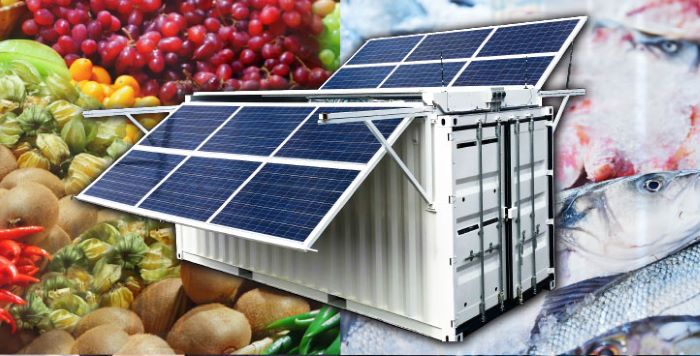

The recent win for Renew Power in the round the clock power tender for 400 MW at Rs 2.90 kWh marked a huge turning point for storage in India too. For one, the renewable+ storage combination as a way to get power at all hours possibly, and at scale, is no longer a possibility that will get laughed off. A reaction we would regularly hear as recently as 9-10 months ago. The 1200 MW tender RE+storage that preceded this one, although with peak power supply requirements, had already indicated that things were changing far faster than people imagined.
Secondly, questions about the opportunity in storage, while no longer relevant, will now be focused on the fact that the same cost pressure that accompanied the growth of solar in India will bear down on storage suppliers and manufacturers too. For storage, that means the margin premiums for early movers is a very small window indeed. How the sector, that is still taking shape, adapts to this reality remains to be seen. Will it impact manufacturing decisions for India? Or will it mean government protection of some sort soon? While there are multiple technologies aiming to make a mark, at this point, Lithium Ion remains well ahead.
The good news is that being a little behind the curve, India will get the benefit of both scale economics and research investment already made into storage technology. The storage market was already projected to rise from $18 billion in 2019 to $100 billion in 2025. On the back of strong pipelines for capacity creation in China, the US and Australia. All three countries have seen a resurgence in Hybrid solutions, or Renewable+ storage systems, something India discovered last week with the Renew bid. In fact, Woodmac, the global research firm predicts that despite the disruptions caused by the Coronavirus pandemic, global storage addition will go from 5.2 GW in 2019 to 12.6 GW in 2020.
In India, there is a strong pipeline building up for storage linked projects, of which the smaller ones will start coming online from 2021 onwards.
In terms of long term demand and growth, any number of triggers could increase it, or sustain it.
Old, polluting coal powered stations could be retired, for instance. The power ministry itself had informed a Parliamentary Standing commitee on energy that thermal power plants of 42,877 megawatt (MW) capacity have outlived their lives and have been operational for 25 years or more in India. The 1973 make Badarpur Thermal Power Station was virtually forced to shut down in 2018 as pollution worries in the NCR region reached a crescendo. There is no reason not to apply the same standards to many more areas where similar vintage plants operate, especially as the low cost argument of coal fired energy versus renewable is laid to rest now.
In fact, over 50% of the country’s thermal plants today are over 25 years old, if one goes by the list of plants on the CEA website. The oldest ones that are over 40 years ( pre -1980) are a sizeable cohort themselves. Close to 60 GW of capacity is linked to these plants. many of these plants are already living on borrowed time, as they have managed repeated extensions on deadlines to comply with new pollution norms. The latest deadline is 2021. At some stage, the owners of these plants, which include many state discoms themselves or the NTPC , will take a call on closure or extending their lives further, with the latter becoming an increasingly expensive proposition.
That means fresh installation demand for renewable energy, but this time with storage. As power markets evolve to a more competitive market possibly, customers will also get more choice from generators who go with renewable energy+ storage options to meet demand.
The drop in storage costs seen recently challenges many projections, and notions about the limitations of renewable energy in meeting ‘baseload’ requirements. 2015 might be too early, but 2030 is definitely a time when the last of the doubts are blown away by the performance of the hybrid projects that come up by then. Throw in better handling of the power produced today ( a lot of captive commercial renewable power is wasted on holidays, for instance), and you have the making of a perfect, long runway for storage in India.
India is undergoing a significant influx of urban migration and a reclassification of rural areas,…
India’s quest toward green hydrogen economy received a significant boost with a strategic MoU between…
A new report by S&P Global has revealed that India’s growing biofuels industry is emerging…
In a significant breakthrough for India’s renewable energy and dairy sectors, dairy major Amul has…
Renewable energy conglomerate Anaergia Inc, through its subsidiary, Anaergia S.r.l., entered into a contract with…
Reliance Industries Ltd (RIL) Chairman Mukesh Ambani has announced a massive ₹75,000 crore investment in…